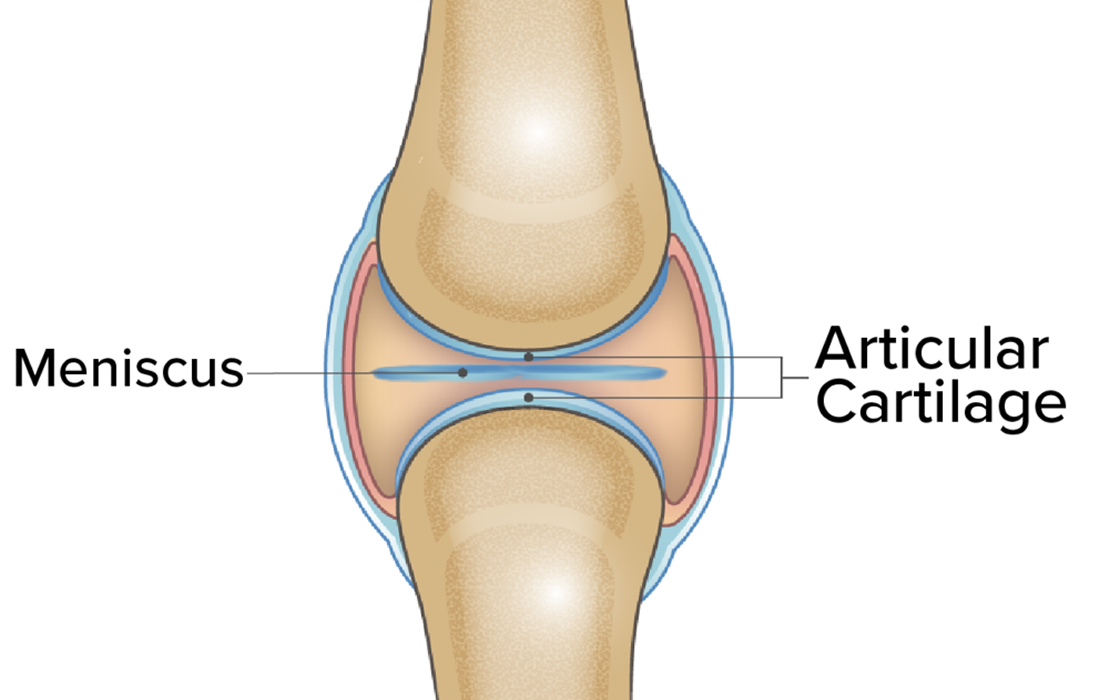Regenerative Medicine News and General Information
Exosomes from Adipose Tissue and Bone Marrow and Their Role in Chondrogenesis
The secretome of mesenchymal stem cells derived from different tissues is considered an innovative therapeutic tool for regenerative medicine. Although their similarities, adipose tissue and bone marrow derived MSCs have different secretory properties, in particular their secreted extracellular vesicles (EVs) or exosomes.
MSCs are virtually in all tissues, where part of them localize near the microvasculature walls, stabilizing endothelial networks. Although bone marrow has been regarded as the gold standard source, it has its drawbacks, such as a low cell count and invasive and painful procedure for the collection. Other sources have been used recently including fat tissue and umbilical cord because of them being more accessible and easily collected.
Another difference is that adipose tissue stem cells have a greater angiogenic potential in comparison to bone marrow MSCs.
Apart from their differentiation potential, it is now known that MSCs exert their beneficial effects promoting tissue repair through their paracrine activity, and among the components responsible for these effects, extracellular vesicles have been described as new players in cell-cell communication and tissue homeostasis.
New Study on Exosomes and Chondrogenesis
A recently published study in the journal STEM CELLS Translational Medicine evaluated the importance of selecting the appropriate cell source of exosomes for targeted therapeutic applications.
In the study researchers isolated medium Extracellular vesicles (mEVs) and small EVs (sEVs) from adipose tissue and bone marrow and compared their activity in an ex vivo model of endochondral ossification.
The researchers found that although EVs separated from both cell sources presented similar characteristics in terms of size, concentration, and marker expression, they exhibited different characteristics in terms of protein content and functional effects.
Adipose tissue derived EVs overexpressed more pro-angiogenic factors in comparison with those of bone marrow and they were able to induce a significant increase in endothelial cord outgrowth. On the other hand, bone marrow derived EVs contained a higher amount of pro-differentiation and chemotactic proteins, and they were able to prompt growth plate organization.
The researchers believe that their results highlight the importance of selecting the appropriate cell source of EVs for targeted therapeutic applications. More studies are needed to increase the understanding of how EVs work and to increase their therapeutic capabilities.
Source:
Cansu Gorgun, et al. Role of extracellular vesicles from adipose tissue-and bone marrow-mesenchymal stromal cells in endothelial proliferation and chondrogenesis. STEM CELLS Trans Med. 2021. Volume 10, Issue 12 p. 1680-1695. https://doi.org/10.1002/sctm.21-0107
Image from:

